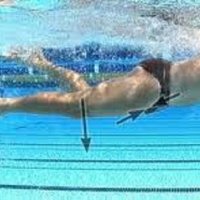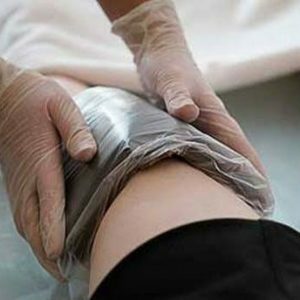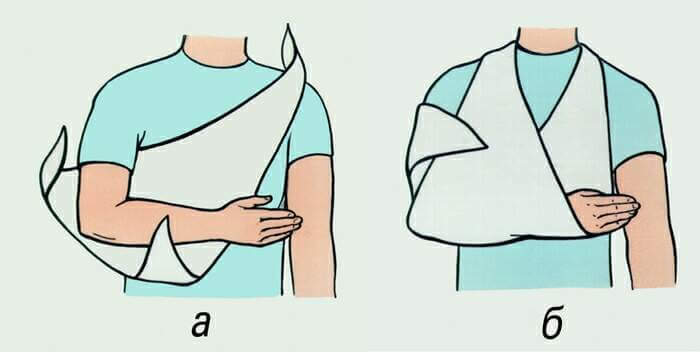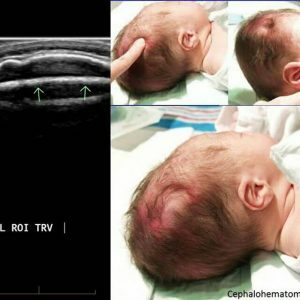Rehabilitation after meniscal injuries

Meniscus injuries are of varying complexity, as a rule, they all need a certain treatment, which also happens of varying complexity. After the treatment of meniscus injuries, rehabilitation is necessary to restore the previous functions of the knee joint. The timing of recovery varies depending on the severity and nature of meniscus damage.
How the rehabilitation after meniscus injuries occurs
If an operation was performed on the knee joint, then normally, the patient starts walking from the next day after the surgery, only with a partial load on the injured leg and rehabilitation treatment. In case the patient has a knee joint meniscus removed, first, it is necessary to limit the vertical load to the diseased leg and use crutches for about one week.
Rehabilitation after injuries of this kind in a history should include the early appointment of medical gymnastics. Symptomatic medical treatment with analgesic, anti-inflammatory drugs is also indicated, necessarily local treatment with drugs that help improve blood supply in the joint and reduce edema. Appointed in the rehabilitation after meniscus injuries are various physiotherapy procedures. Excellent in the development of the joint helps exercise in the water, but the water while it should be warm.
When the treatment for a meniscus rupture was carried out by means of a suturing operation, the use of crutches necessary for unloading the knee joint will be long and can take from 4 to 6 weeks, until the fracture grows together.
The average work capacity of a patient after a meniscus injury is restored two to three weeks after surgery.
Some exercises for joint restoration after meniscus injuries
The patient sits on a high couch, so that both feet do not touch the floor. Heave a healthy leg under the patient and straighten the aching leg, helping her with a healthy foot. It is necessary to try, that the amplitude of extensions was maximum, but without appreciable pain. Flexion should be performed slowly, stubbornly resisting the force of gravity of the femoral muscles and insuring a healthy leg movement.
The patient becomes to the wall, crushing a training ball to his waist( physobol).The feet should be slightly in front of the knees, otherwise the person stands leaning slightly back. Squats of such depth are performed, which are possible as far as possible. At least, you need to strive for deeper squats, but in moderation. Squatting, you should try to keep the ball back.
The next exercise with visual control. Begin it with a low step( about 10 cm high).A person becomes on the floor in front of the step and takes a slow step forward with a healthy foot, climbing the steppe. In this case, the weight of the body, as a rule, is kept on the aching leg, and this will also train the balance. In order for a person to look at himself from outside, thus controlling the position of the feet and hips, there must be a mirror in front of him, since it is important to watch that, while climbing the steppe, there is no sideways to the side. Then they return to their original position and again repeat the exercise. If the exercise is performed correctly, gradually the step height is increased.
Another exercise used for rehabilitation after meniscus injuries is active flexion in the joint( knee) with assistance. This means that the patient flexing in the knee will help with the mass of his body. A man becomes a healthy foot on the floor, a foot of a sick leg at the same time puts on a step about 30 centimeters high. The trunk is forward, bending the injured leg to the knees. Having reached the maximum possible position, the pose is fixed for 10 seconds, then you should return to the starting position and again repeat the exercise.
Recovery after a trauma of a meniscus, as a rule, must be under the control of specialists. At the same time, the person must make every effort to restore all the previous functions of the knee joint. If all the recommended restorative measures are performed, plus an independent gymnastics at home, then the restoration of the knee joint functions will be completed successfully.



